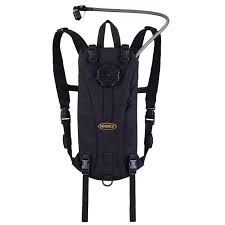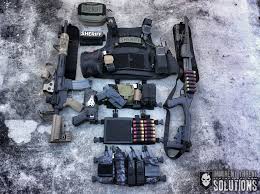8fields backpack

Limited Edition Sport Field Bag Tech-optimized, designed for action.Driven by performance and efficiency, the Incase Limited Edition Sport Field Bag is a tech-optimized mobility solution that delivers organization, protection, and comfort for any active user engaged in sport. Performance down to the last detail. Weather resistant materials, impeccable construction, and intuitive design results in a product that is not only extremely durable and highly functional, but equally beautiful. Durable 840 dobby nylon construction Large main compartment for general storage Dedicated side pocket fits up to a 15" laptop and features padded faux-fur interior walls and weather-resistant PU coated zippered access Interior conversion compartment collapses to increase general storage space when ball is removed Isolated ball compartment with ventilation doubles as wet/dry area for soiled gear Heavy-duty abrasion resistant base Stow-away rain fly for added protection against the elements

Back panel and shoulder straps cushioned with a dual layer of Ariaprene™ and breathable mesh for enhanced comfort and heat reduction Bag comes equipped with TSA lock for main compartment security, drawstring mesh bag and extra zipper pulls Reflective details provide visibility in low-light environments Hidden stash pocket on back panel for small valuables You Might Also Like Active Armband for iPhone 6/6s Plus Dopp Kit - Diamond Wire Mountains: Military operations in mountainous areas can affect short and long term water balance. For example, acute exposure to moderately high altitudes can often produce a self-limiting reduction of body water resulting from reduced fluid intake and increased urine volume. Other factors can also affect voluntary water intake and daily water requirements, including the following: (a) symptoms of anorexia and hypodipsia; (b) increased respiratory water loss from breathing cold, dry air; and (c) cutaneous evaporative losses with physical activity.

Desert: Individuals exposed to hot desert environments generally drink insufficient fluids during physical activity to offset water lost from sweating. Heat acclimatization shortens the time delay between when sweating begins and when drinking is initiated. In addition, heat-acclimatized individuals drink more frequently and more closely match fluid intake with sweating rate; this results in less voluntary dehydration. Jungle: Although relative humidity has little impact on sweating and water requirements in temperate environments, high humidity conditions in hot tropical environments can increase water requirements as much as 2-fold. Water: The quantity of water lost due to water immersion is not sufficient to increase daily water requirements greatly. However, because immersion blunts the thirst response, it may affect voluntary fluid intake and the ability to sustain hydration during prolonged operations in water environments. Sources: “Water Requirements and Soldier Hydration” Scott J. Montain, PhD, and Matthew Ely, MS

As air temperature rise, daily fluid requirements can increase substantially.
coolpix s32 backpackAt 95 degrees (35 C) 100% of your body heat must be dissipated by sweating.
keep ahead backpack 40lWater requirements for soldiers performing heavy work or long hours of moderate work (4,200-5,300 kcal/d) can increase from 4 to 6 L/d in temperate environments and from 8 to 10 L/d in extremely hot environments.
soma 1400 backpack Clothing can have a significant effect on daily water requirements.
astralplane backpackTypically, clothing adds insulation and increases your sweat rate.
dell e7240 backpack
The addition of backpacks and body armor increases the energy costs of locomotion and reduces the surface area available for heat transfer, thereby further increasing dependence on sweating.
quiksilver ublo backpack review Increased respiratory water loss from breathing cold, dry air can increase fluid requirements during colds weather operations. The effect of cold temperatures on respiratory water loss, however, does not greatly increase daily fluid requirements. Another factor that can affect water requirements is the added metabolic cost of movement in cold terrain. The addition of bulky clothing reduces mechanical efficiency and can increase the energy cost of a specific activity an additional 10% to 20%. The metabolic cost of movement in soft snow can be 2.5 to 4.1 times greater than performing the same activity on a blacktop surface. A soldier’s daily water requirements increase as a function of the total calories expended per day.

This occurs because sweat losses are dependent on exercise intensity and duration of effort. The duration of physical activity has a significant effect on water need. Although moderate-intensity work in temperate conditions might not elicit high rates of sweating (~0.3 L/h) when extended over an 8-hour period, a soldier’s daily fluid requirements increase an additional 2.4 L/d. The energy cost of marching with an All-Purpose Lightweight Individual Carrying Equipment (ALICE) pack and load-bearing equipment (LBE) is much greater than marching without it. Soldiers wearing a 31-kg ALICE pack and LBE expend 29% more energy to march 3.5 mph. Soldiers carrying a 49-kg ALICE pack-LBE ensemble expend 63% more energy to march at the same speeds without the packs. An additional factor affecting sweating requirements is the loss of effective surface area for evaporation of sweat, because the pack blocks sweating evaporation from the back. Sources: “Water Requirements and Soldier Hydration” Scott J. Montain, PhD, and Matthew Ely, MS